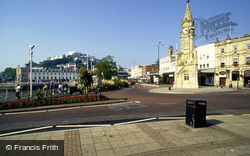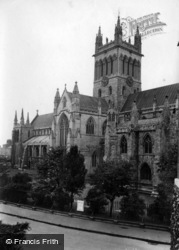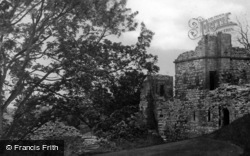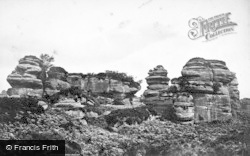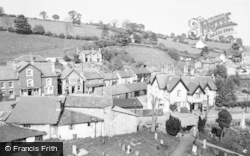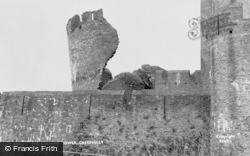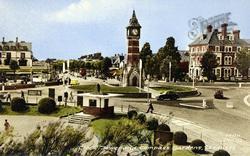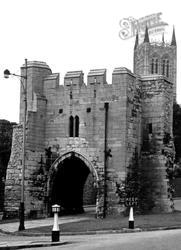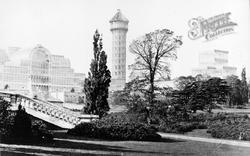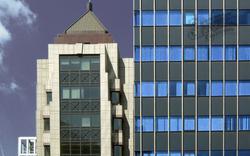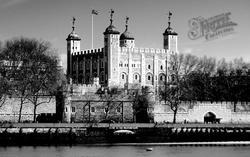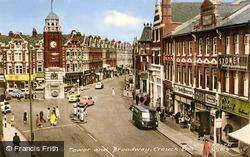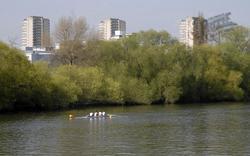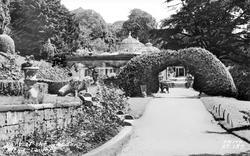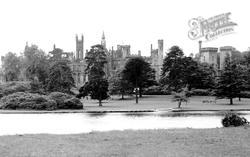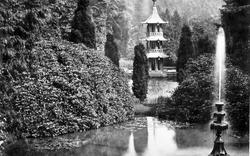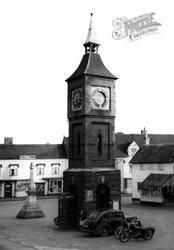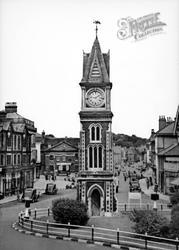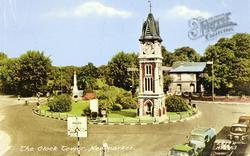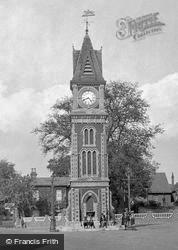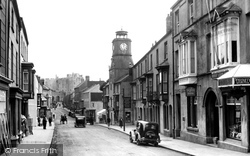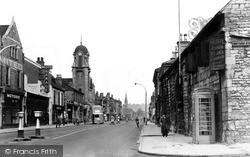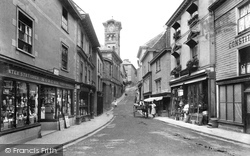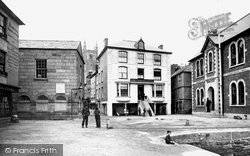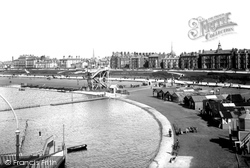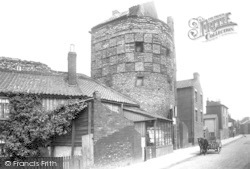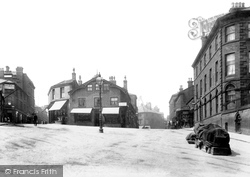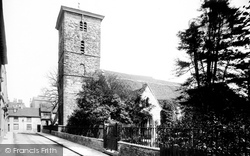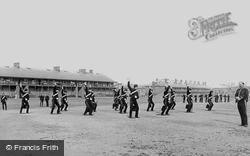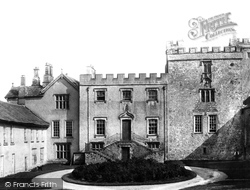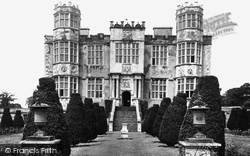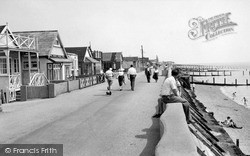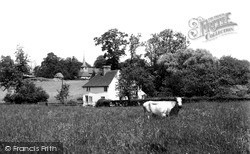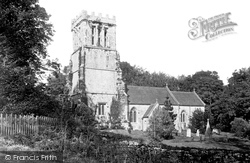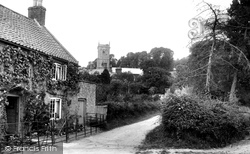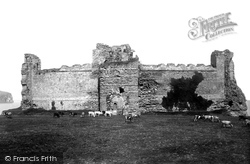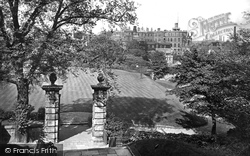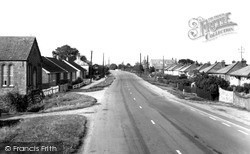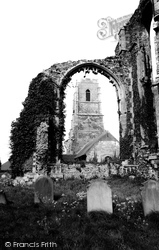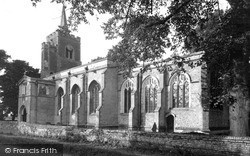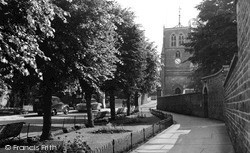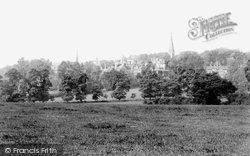Places
36 places found.
Those places high-lighted have photos. All locations may have maps, books and memories.
- Poplar, Middlesex
- Bow, Middlesex
- Bethnal Green, Middlesex
- Stepney, Middlesex
- Alton Towers, Staffordshire
- Isle of Dogs, Middlesex
- Limehouse, Middlesex
- Spitalfields, Middlesex
- Barjarg Tower, Dumfries and Galloway
- Bromley, Middlesex
- Stratford Marsh, Middlesex
- Tower Hill, Merseyside
- Tower Hill, Essex
- St George in the East, Middlesex
- Wapping, Middlesex
- Globe Town, Middlesex
- Old Ford, Middlesex
- Cubitt Town, Middlesex
- Tower Hill, Cheshire
- Tower Hill, Surrey
- Bow Common, Middlesex
- Mile End, Middlesex
- Millwall, Middlesex
- Ratcliff, Middlesex
- Warmley Tower, Avon
- Tower Hill, Hertfordshire
- Tower End, Norfolk
- Tower Hamlets, Kent
- Tower Hill, Devon
- Tower Hill, West Midlands
- Blackwall, Middlesex
- North Woolwich, Middlesex
- Hackney Wick, Middlesex
- Shadwell, Middlesex
- South Bromley, Middlesex
- Tower Hill, Sussex (near Horsham)
Photos
2,720 photos found. Showing results 1,321 to 1,340.
Maps
223 maps found.
Books
1 books found. Showing results 1,585 to 1.
Memories
637 memories found. Showing results 637 to 637.
Captions
3,036 captions found. Showing results 1,585 to 1,608.
There is also a branch of Lloyds Bank, a sign advertising WH Smith circulating library and the impressive clock tower.
The elaborate baroque-style tower on the left belongs to the Central Methodist Church of 1905.
Just as it does today, the Italianate clock tower of the Guildhall dominates this view looking towards the steep Pike Street. All is quiet save for a trader making a delivery.
In the background, behind the King of Prussia, is the imposing tower of the church of St Fimbarrus.
The tower in the picture was at the end of an aerial ride that carried passengers over the lake; the ride was closed and dismantled at the end of the 1911 season.
Blackfriars Tower had a distinctive D-shaped section, and was built around 1340.
Work on a new Market complex began in 1956, and one feature of this is a clock tower where the hours are chimed by a mechanical man.
The west tower, the church's most important feature, is Anglo-Saxon of the mid 11th-century.
The walls once surrounded both the castle and Clifford's Tower. The site of the old gate is now a car park.
The regimental museum in Tower Street has displays of medals, uniforms and weapons, and models showing the battles that both this and other Yorkshire regiments fought in many parts of the world, including
The home of the Strickland family for 750 years, Sizergh was originally a 14th-century pele tower with 15th, 16th, and 18th-century additions and alterations, including a Tudor great hall.
The ornate, lantern-towered and mullioned structure was built for Lord Justice Francis Rodes to a design attributed to Robert Smythson in 1584, and remains in private hands.
Jaywick is divided from Clacton by a golf course and a Martello Tower. This became a popular holiday area after Jaywick Farm was sold following the farming recession of the 1930s.
The belfry, built in an interesting style found in several Essex churches, has a sloping tiled roof placed between the various stages of the tower. This is surmounted by a spire.
Standing in the sylvan setting of Lulworth Park, the parish church of St Andrew's at East Lulworth has an impressive 15th-century tower that predates nearby Lulworth Castle.
The church with its elegant 15th-century west tower is well worth visiting for its medieval woodwork, including the benches and roofs.
The great curtain wall with its central gatehouse, flanked at either end by a massive round towers, dates from the last quarter of the 14th century.
Following the clo- sure of the hospital in 1992, the main building and the Round Tower of the Jubilee Wing were taken over by Nottingham Health Authority.
The banks of this river tower over most of the buildings in the village, such is the shrinkage of the local peat landscape.
Only the tower survives intact, and the brick nave was built inside the ruin in 1672.
The 13th-century tower has a stair turret that was probably added with the new peal of bells in the 15th century; most of the church seems to have been rebuilt then.
The tower of the parish church with its spire alongside, rather than above, lies ahead, with a path leading to the market square to its left.
St Mary's Church dominates the photograph from its well-treed setting, with to its right the sheer elevation of The Foss and Grove Hill by Habershon, and to its left the Speech Room tower and chapel fleché
Before the construction of the Senate House in the early 18th century, students received their degrees in the Church of Great St Mary's, whose tower dominates the right-hand side of the road.
Places (38)
Photos (2720)
Memories (637)
Books (1)
Maps (223)


